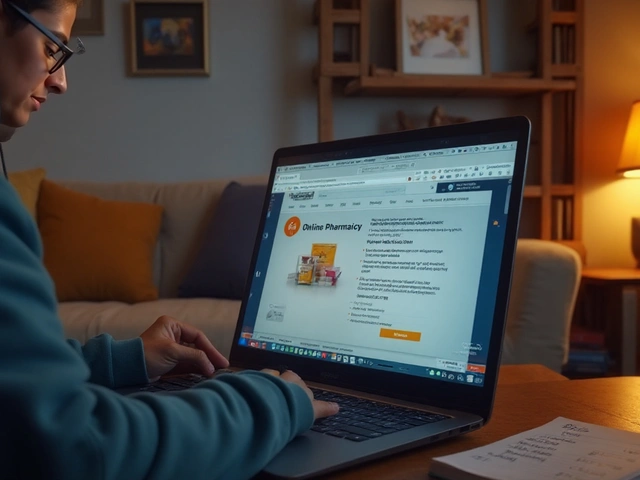Strattera (Atomoxetine) – What It Is, How to Use It, and What to Watch For
Ever wonder why some people with ADHD prefer a pill that isn’t a stimulant? That’s where Strattera comes in. It’s the brand name for atomoxetine, a non‑stimulant medication that rises to the challenge of attention‑deficit issues without the buzz of traditional ADHD drugs.
Unlike amphetamines, Strattera works by boosting norepinephrine levels in the brain. This helps you stay focused, control impulses, and keep emotions steadier. It’s taken once or twice a day, and you don’t have to worry about the “crash” that can follow a stimulant dose.
Getting the Dose Right
Starting a new medication can feel like a guessing game, but Strattera follows a clear plan. Doctors typically begin with a low dose—usually 40 mg for adults or 0.5 mg per kilogram for kids. After a week or two, the dose ramps up based on how you feel and your weight.
Most adults end up on 80‑100 mg a day, split into one or two doses. Kids and teens often stay in the 40‑80 mg range. The key is to give the drug at least four weeks before deciding if it’s working; atomoxetine builds up slowly.
Don’t try to adjust the dose on your own. If you feel jittery or notice a dip in focus, let your doctor know. They’ll tweak the amount or timing to match your needs.
Side Effects You Should Know
Every medication has trade‑offs, and Strattera is no exception. The most common side effects show up early and fade after a few weeks:
- Upset stomach or loss of appetite
- Dry mouth
- Sleep trouble or vivid dreams
- Headaches
- Mild mood swings
Less common but serious signals include rapid heart beat, high blood pressure, or sudden mood changes like depression or suicidal thoughts. If any of these pop up, call your doctor right away.
One special consideration: Strattera can raise liver enzymes in rare cases. Your doctor may order a blood test before you start and again after a month.
Women who are pregnant or nursing should discuss risks with their provider, as the safety data is still limited.
Another thing to watch is the interaction with other meds. Atomoxetine can clash with certain antidepressants, blood pressure drugs, and even some over‑the‑counter cold remedies. Always hand your pharmacist a full list of what you’re taking.
Now, you might be wondering where to get Strattera safely. The best route is a licensed pharmacy with a valid prescription. If you’re shopping online, look for sites that require a prescription, display a pharmacy license, and have clear contact info. Avoid any platform that offers the drug without a doctor’s note—those are usually counterfeit and risky.
Insurance often covers Strattera, but coverage varies. Call your insurer to confirm benefits, and ask your doctor if a generic version is available, which can shave off a few dollars.
Bottom line: Strattera offers a solid, non‑stimulant choice for ADHD when you need steady focus without the highs and lows of traditional meds. Start low, be patient, and keep an eye on side effects. With the right dose and a trusted pharmacy, you can get the clarity you need to tackle daily tasks.
Strattera, known by its active ingredient atomoxetine, has carved out a unique place in ADHD treatment with its non-stimulant approach. This article dives deep into what makes Strattera different from other ADHD medications—touching on how it works, who it's for, real-life effects, stats, side effects, and tips for maximizing its benefits. You'll find credible facts, relatable advice, and practical steps to make an informed decision about Strattera, whether for yourself or someone you care about.
Continue reading





